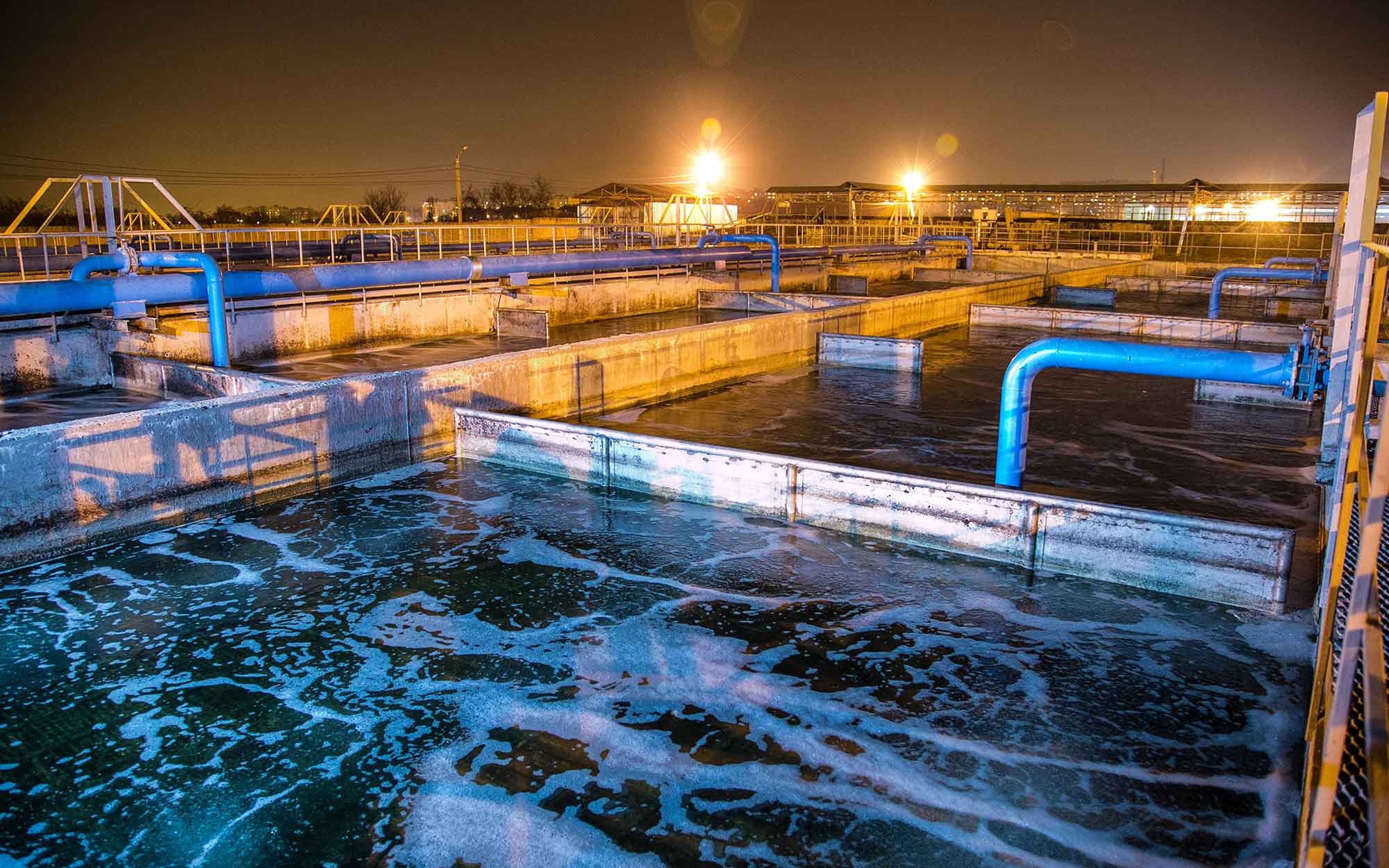596
The treatment of drinking water is becoming increasingly important. Many people want to rid their drinking water of germs and bacteria but do not want to do without it when outdoors.
Preparing drinking water on the move: How to make water drinkable on the move
If you spend a lot of time outdoors, you know that access to drinking water outdoors can be limited. But even when you’re out and about, you can turn unsightly water into drinkable water.
- Boil water: When trekking, it can be helpful to heat water collected in advance from springs until it boils and bubbles. This destroys most of the bacteria and viruses. It should always be borne in mind that the cooling process takes a certain amount of time.
- Filtering: You also have the option of using a filter to bind bacteria and parasites from the water and also to bind unpleasant tastes. Here you do not have to observe long cooling times.
- tablets: In addition, chemical water sterilisation tablets can be used to rid the water of bacteria and other pathogens. However, waiting times of one to two hours must be observed before the water can be drunk.
- UV-Stick: Another way to treat water is to irradiate it with UV light. Here, the UV stick is held in the water and stirred evenly. The UV light fights germs, viruses and bacteria in the water. However, electricity is required for operation.
Preparing water in your own home: These are your options
Tap water can also be contaminated, which is why in some cases it can also be useful to treat it.
- One way to filter drinking water at home is distillation. In this process, the water is condensed by heating it on a cold inner wall. Particles that have been filtered out are left behind on the boiler.
- A reverse osmosis system also offers you the option of filtering your drinking water. Here, the water is filtered through fine pores.
- You also have the option of filtering your drinking water through an ion exchanger. However, this requires additional filtration, as impurities are not filtered.
